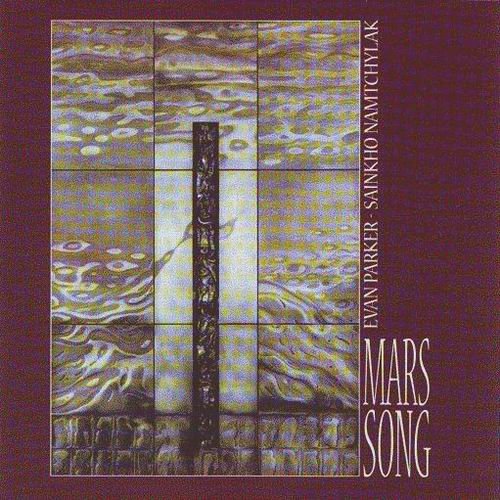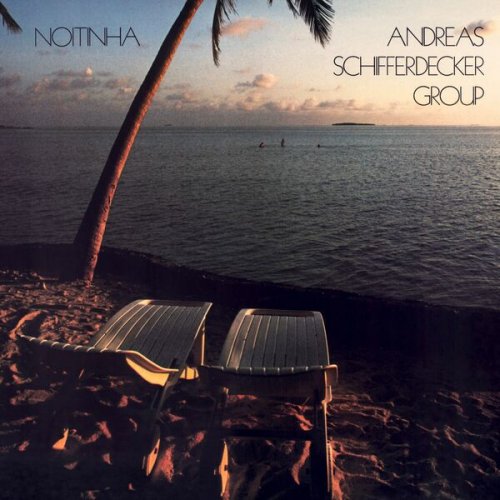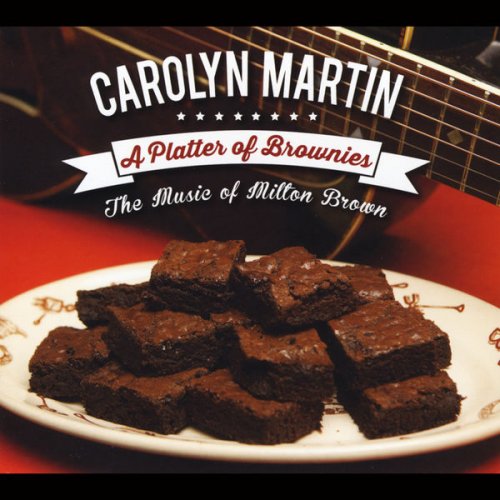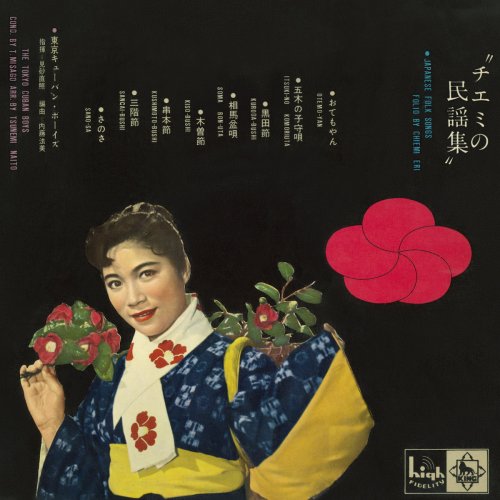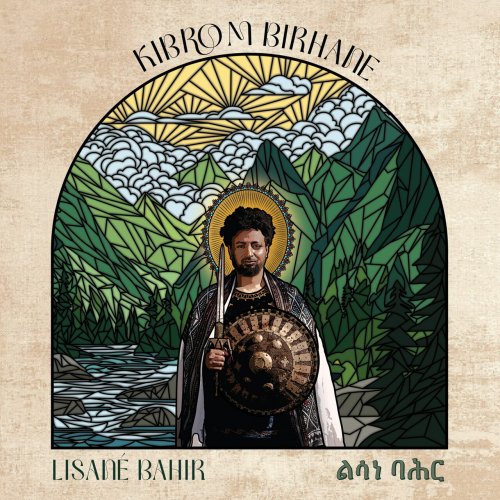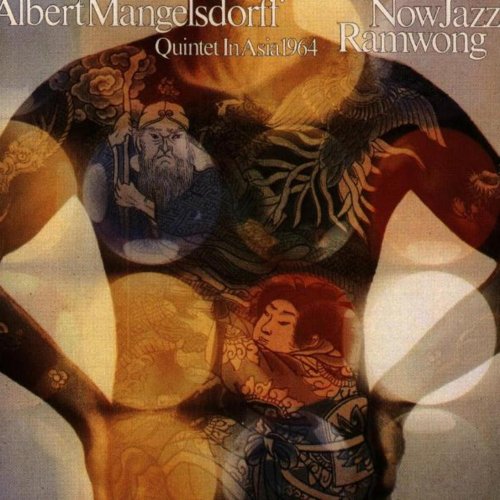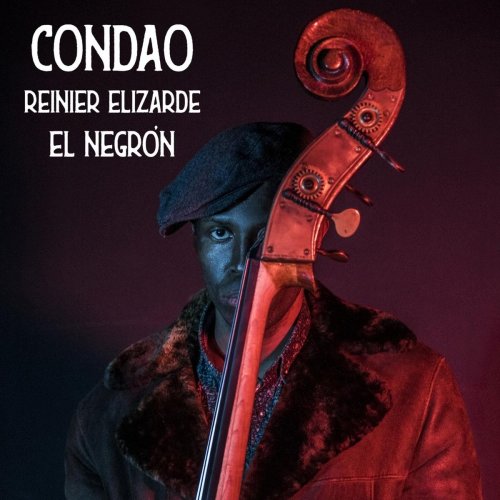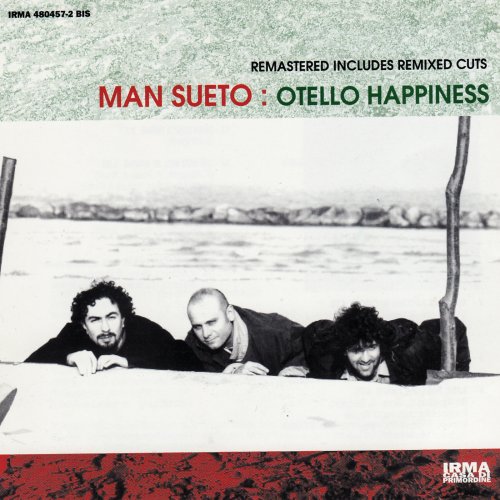Union - State of the Union (1999/2011) Hi Res
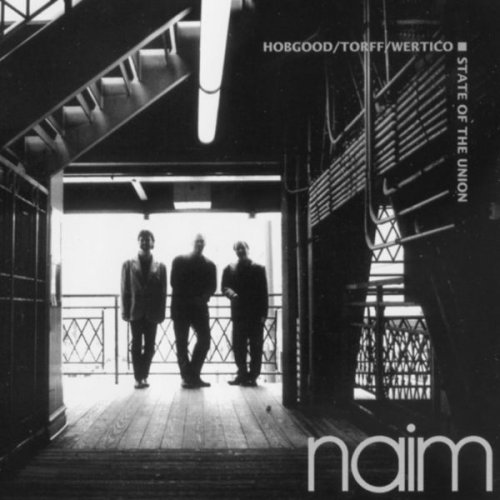
Artist: Union
Title: State of the Union
Year Of Release: 1999/2011
Label: Naim Records
Genre: Jazz
Quality: 320 kbps | FLAC (tracks) | 24Bit/96 kHz FLAC
Total Time: 01:07:13
Total Size: 154 mb | 379 mb | 1.4 gb
WebSite: Album Preview
Tracklist:Title: State of the Union
Year Of Release: 1999/2011
Label: Naim Records
Genre: Jazz
Quality: 320 kbps | FLAC (tracks) | 24Bit/96 kHz FLAC
Total Time: 01:07:13
Total Size: 154 mb | 379 mb | 1.4 gb
WebSite: Album Preview
01. Don't Look Back
02. Bekiduan
03. State Of The Union
04. Jacob's Ladder
05. Double Rainbow
06. How About You
07. Where Is Love?
08. Calling Song
09. Spirits Rejoice
10. Mice
11. Willow Weep For Me
12. Beyond Words
13. Mandela
14. State Of Mind
Personnel:
Laurence Hobgood, Piano
Brian Torff, Acoustic Bass
Paul Wertico, Drums
This is the second release by the Union trio of Laurence Hobgood, Brian Torff and Paul Wertico. Again it demonstrates how a traditional line-up of piano, bass and drums can explore harmonic boundaries yet remain accessible and engaging.
This album includes an equal mix of originals and standards - even Where is Love from the 60's musical Oliver makes a surprise appearance - and all the tracks demonstrate the trio's intimate understanding of each other's playing.
'Union's 'State of the Union', recorded live at the Steppenwolf Studio Theatre, has the kind of enormous dynamics you'd expect to achieve only from high-tech studio extravaganzas. You'd be wrong. Ken Christianson characterizes the sound of this hall as 'lush and full, yet clear and precise.' The trio conducts a grand tour of modern jazz outposts and whistle-stops in one continuous performance, sounding for all the world like the Bill Evans Trio on steroids (or, on the title tune, Cecil Taylor's wake-up call). This is due in part to pianist Laurence Hobgood's serene touch, warm voicings, and flexible rhythmic gait, the slightly larger-than-life dynamics of Brian Torff's Banchetti bass (an upright electric design), and drummer Paul Wertico's muscular command of pianissimo and the outer reaches of sound (as on his splashy dance of metal and skin on 'Bekiduan'). On Hobgood's broad brush strokes in the folk song 'Jacob's Ladder,' the piano is not rendered where each register is delineated in a super distinct manner as with the John Lewis recording, but in a one-voice, organic sound as it might be perceived from a few rows back. It functions as an equal component of a trio sound (panned left-right across the stage from piano to drums, with the bass in the middle), as when he mirrors the trio's stately understated collective posture on 'Where is Love?,' or the giddy manner in which all three back into the feverish swing of 'How About You' from an arrhythmic-atonal intro. And Wertico's masterful tuning of his bass drum, and a colorful mix of bell sounds, toms, and ritual rhythms (chants) on 'Calling Song,' make for a superb test of your speakers' dynamic range. All in all, Union's probing recital is a rich-sounding portrait of a band on an upward creative arc.'
This album includes an equal mix of originals and standards - even Where is Love from the 60's musical Oliver makes a surprise appearance - and all the tracks demonstrate the trio's intimate understanding of each other's playing.
'Union's 'State of the Union', recorded live at the Steppenwolf Studio Theatre, has the kind of enormous dynamics you'd expect to achieve only from high-tech studio extravaganzas. You'd be wrong. Ken Christianson characterizes the sound of this hall as 'lush and full, yet clear and precise.' The trio conducts a grand tour of modern jazz outposts and whistle-stops in one continuous performance, sounding for all the world like the Bill Evans Trio on steroids (or, on the title tune, Cecil Taylor's wake-up call). This is due in part to pianist Laurence Hobgood's serene touch, warm voicings, and flexible rhythmic gait, the slightly larger-than-life dynamics of Brian Torff's Banchetti bass (an upright electric design), and drummer Paul Wertico's muscular command of pianissimo and the outer reaches of sound (as on his splashy dance of metal and skin on 'Bekiduan'). On Hobgood's broad brush strokes in the folk song 'Jacob's Ladder,' the piano is not rendered where each register is delineated in a super distinct manner as with the John Lewis recording, but in a one-voice, organic sound as it might be perceived from a few rows back. It functions as an equal component of a trio sound (panned left-right across the stage from piano to drums, with the bass in the middle), as when he mirrors the trio's stately understated collective posture on 'Where is Love?,' or the giddy manner in which all three back into the feverish swing of 'How About You' from an arrhythmic-atonal intro. And Wertico's masterful tuning of his bass drum, and a colorful mix of bell sounds, toms, and ritual rhythms (chants) on 'Calling Song,' make for a superb test of your speakers' dynamic range. All in all, Union's probing recital is a rich-sounding portrait of a band on an upward creative arc.'

